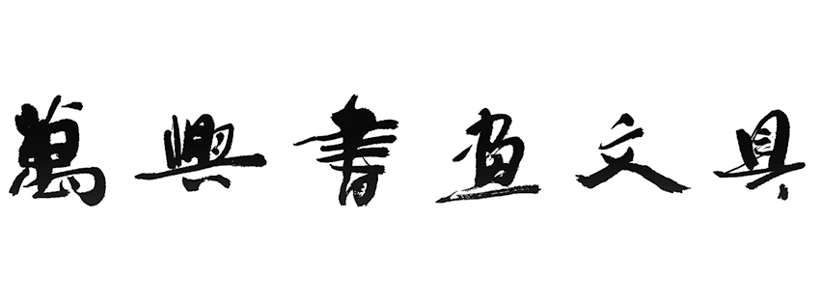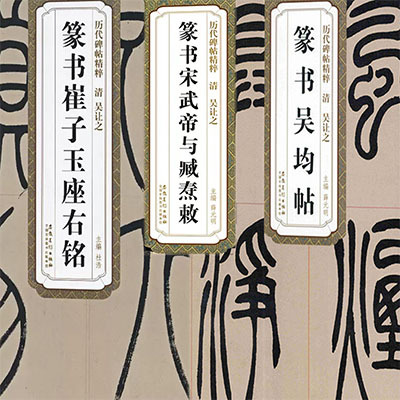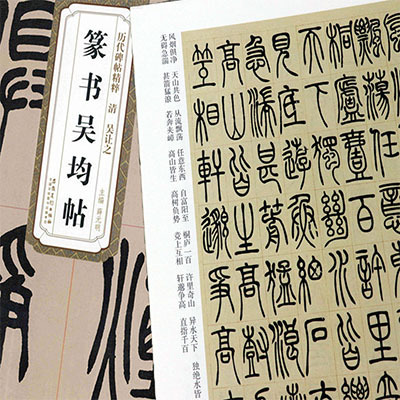[萬興書畫] 歷代碑帖精粹 ——清 吳让之 | [VH] Masterpieces of Historical Calligraphy — Qing Dynasty Wu Rangzhi
- Regular price
- RM 28.00
- Sale price
- RM 28.00
- Regular price
-
RM 28.00
Share
吳让之(1799-1870),清代書法家,原名廷飚,字熙載,避同治帝之諱,更字让之,亦作攘之,號讓翁、晚字居士等,江蘇儀征人。吳让之為包世臣的入室弟子,精於金石考證,善書畫,尤精篆刻。他擅書法,篆、隸、行、草無所不能。篆刻成就最大,初追摹秦漢印作,後師從鄧石如,為晚清傑出的印家之一。吳让之的篆書精研嫻熟,行筆流暢,似柔而實剛。結體工整穩健,婀娜多姿。他繼承了鄧石如的筆法,在此基礎上又增加了流動感,使其韻味與變化同存。
吳让之 字帖
書名:
《篆書吳均貼》
《篆書宋武帝与臧焘敕》
《篆書崔子玉座右名》
規格:16開
尺寸:21cm X 29.5cm
頁碼:每本頁數不同大約28-51頁
出版社:安徽美術出版社
Wu Rangzhi (1799–1870) was a calligrapher of the Qing Dynasty. His original name was Tingbiao, courtesy name Xizai. To avoid the taboo of the Tongzhi Emperor’s name, he changed his courtesy name to Rangzhi (also written as Rangzhi) and used pen names such as Rangweng and Wanzi Jushi. He was from Yizheng, Jiangsu province.
Wu Rangzhi was a disciple of Bao Shichen and was skilled in epigraphy and calligraphy, especially seal carving. He was proficient in various calligraphy scripts including seal script (zhuanshu), clerical script (lishu), running script (xingshu), and cursive script (caoshu). His greatest achievements were in seal carving. Initially, he imitated Qin and Han dynasty seals, later studying under Deng Shiru, becoming one of the outstanding seal artists of the late Qing.
Wu’s seal script calligraphy was meticulous and refined, with fluid strokes that appeared soft but were actually strong. His character structures were neat, stable, and elegant. He inherited Deng Shiru’s brush techniques, adding a sense of movement that brought charm and variation to his work.
Wu Rangzhi Calligraphy Collections
Titles:
Seal Script: Wu Jun Tie
Seal Script: Edict of Emperor Song Wu and Zang Tao
Seal Script: Cui Ziyu’s Seat Right Name
Specifications:
Size: 16mo (approx. 21 cm x 29.5 cm)
Pages: Each book has approximately 28–51 pages
Publisher: Anhui Fine Arts Publishing House





